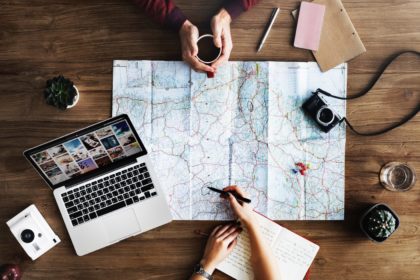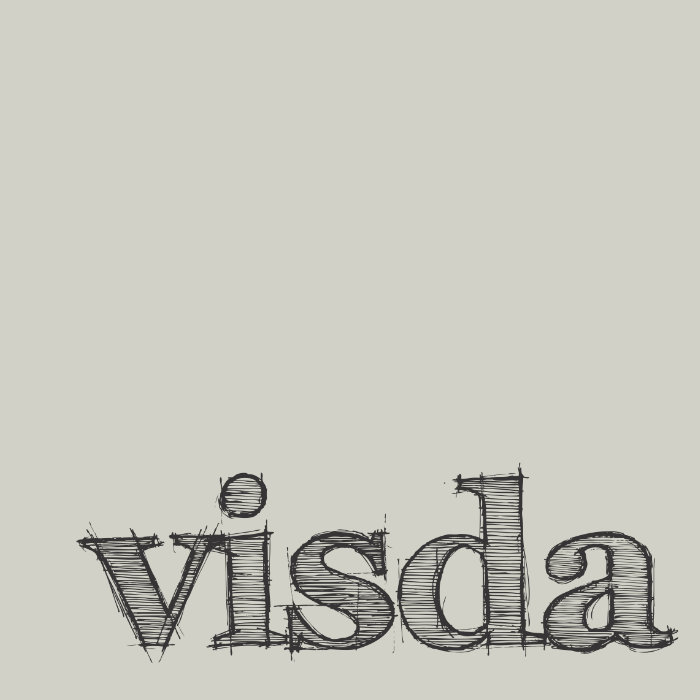
Travelling is an important aspect in the process of growing as an architect and this is what both myself and Vivek have experienced as we begun the journey as students and then into professional life. I think it is important to draw through our experiences as growing into the profession through the various travels done, both from a professional and academic purposes and also as a life experiencing and enhancing activity. This is the reason to get a travelogue going, as a part of sharing our journey into becoming an architect, which we still continue to be.
It was the second year in our architecture school, and we both were already getting uneasy of being tied down to non-experiential learning. One fine morning we decided to break free but the challenge in our days of growing up were quite different from now. Of course, the non-digital era and the days when internet was only in the form of research. We had to go somewhere but we were not sure where and how as we were students and were funded by our parents. Unlike today, we had to “convince” on the benefit of any spend to be reimbursed or if we had to ask for extra money.
Finally! Came up with an idea and agreed that we will do something which looks connected to our “studies” but still we can have the experience which we want to get to break free. We decided that we will do a “case study”, a catchy word which could be bought by our parents. We were all but 19 and got ready to explore the glamorous world of films and finally landed in Chennai’s Kodambakkam district. This was the place which had all the major production houses of the South Indian Films and also some Hindi Films. We first went to Vauhini Studios, the same place where stands the Green Park Hotel, followed by AVM, Vikram and many small studios in and around this area.(there is no sign of these today when we walk through this area now) This was an excellent exposure for us to get an insight into an industry and we discovered that in this industry, all we need to design was only “elevations” and were mesmerised that we do not need to actually plan any space but only need to work on elevations. The whole notion of form follows function which we had just recently learned and were trying to digest in our system went completely out of the window. This was quite an experience and if we had go get into designing of “look alike” spaces, all the theory which we had just been exposed to just did not make sense. Wow! What a beginning to explore the real world in context of spatial applications.
Years later, as we began getting our feet wet in the practice, we realized how much influence the film world has on our society that even in real life, we seem to be more concerned about “the elevation”, a term widely misinterpreted and misunderstood by the majority.

